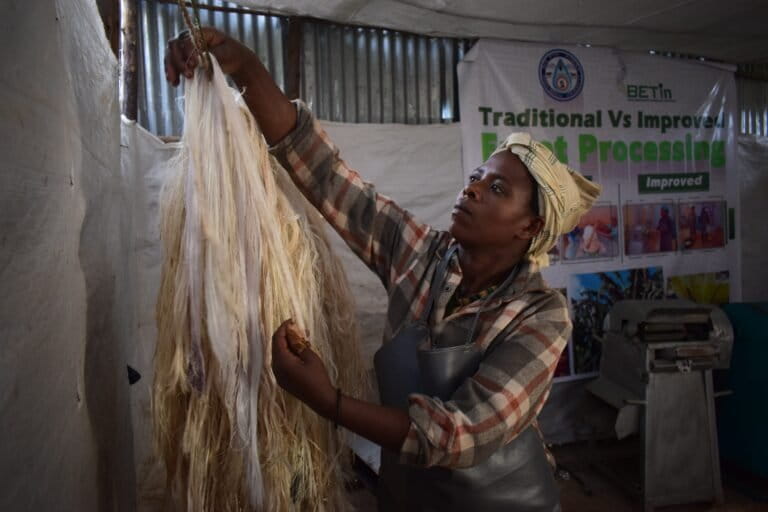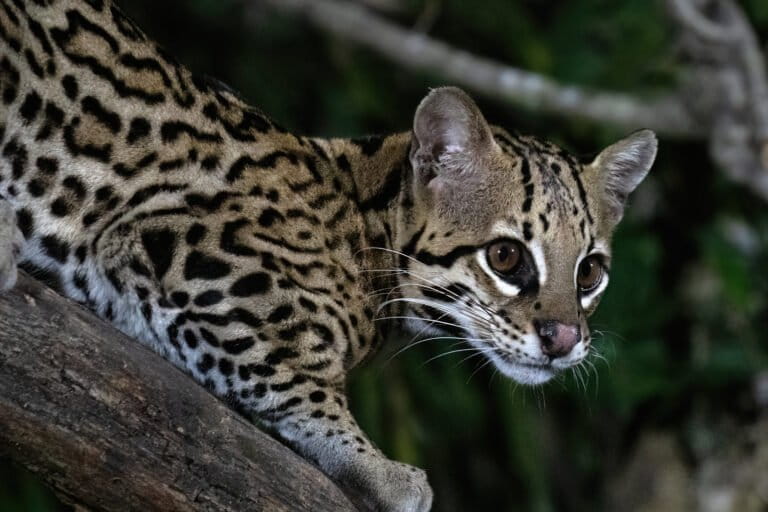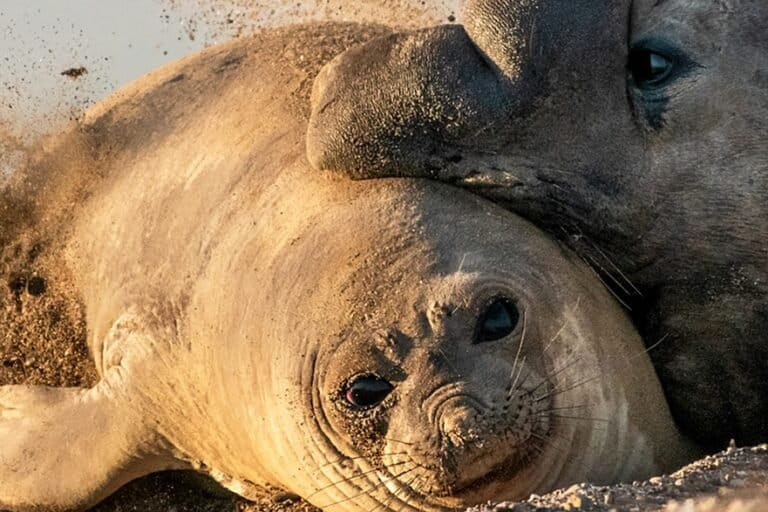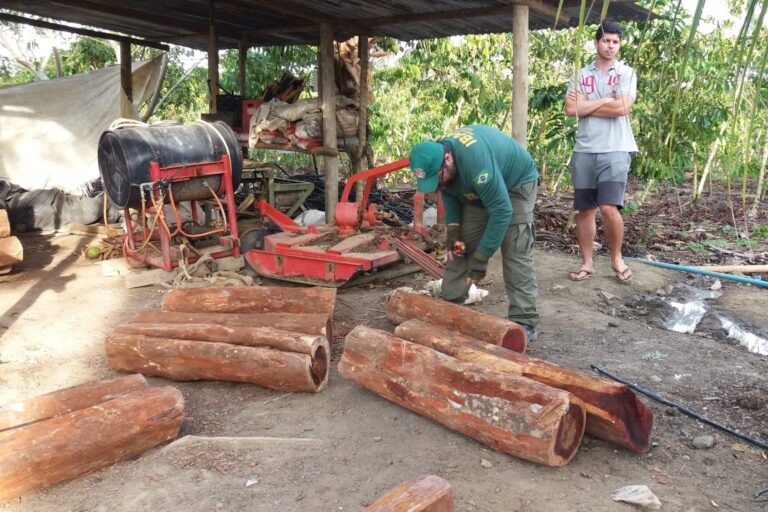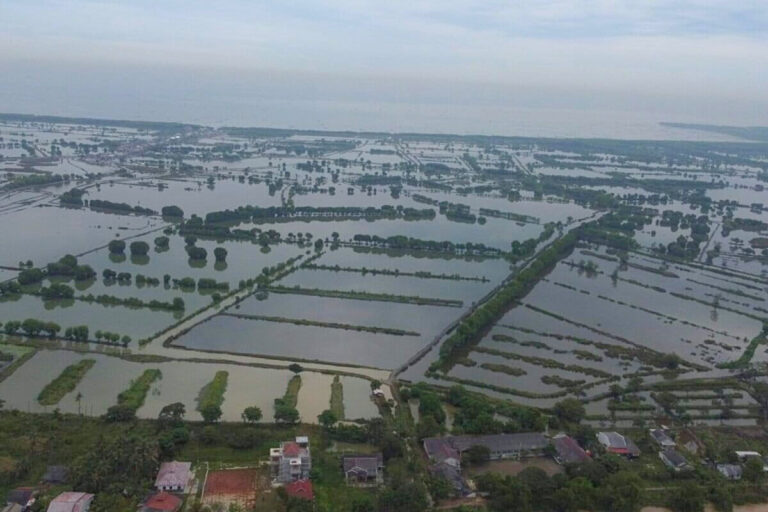- Indonesia has signaled it may send a much-needed sample of Sumatran rhino sperm to Malaysia for use in a captive-breeding program seen as the last means of saving the critically endangered species.
- If it goes to plan, the program would boost the genetic diversity of the species, of which only 30 to 100 individuals are believed to remain in the wild.
- The Sumatran rhino population has been decimated by poaching and habitat loss, but the biggest threat facing the species today is the small and fragmented nature of their populations, with an increased risk of inbreeding.
JAKARTA — Indonesia has signaled it may finally send a sample of Sumatran rhino semen to a breeding program in Malaysia, amid a growing urgency to keep the species alive.
Conservationists in Sabah, in Malaysian Borneo, where only two Sumatran rhinos (Dicerorhinus sumatrensis) remain, have since 2015 sought a frozen sample of sperm taken from a rhino in Indonesia’s own captive-breeding program in Sumatra to kick-start an artificial insemination attempt — but to no avail, as the Indonesian government repeatedly ignored its requests.
Now, though, a senior official says the sperm being stored at the Sumatran Rhino Sanctuary (SRS) may be sent to Malaysia sometime this year.
“We have discussed all of the aspects of the request, and submitted our analysis to the [environment] minister,” Wiratno, the head of conservation at Indonesia’s Ministry of Environment and Forestry, told reporters in Jakarta last week.
“It will be a valuable lesson for both countries, as we are also dealing with rhinos which are losing their habitats,” he added.

If approved, the plan would be to combine the sperm from Andalas, a captive-bred rhino at the SRS, with viable eggs from Iman, the last remaining female Sumatran rhino in Malaysia, to produce an embryo that could then be implanted into one of the females back at the Indonesian sanctuary.
The fertilization would preferably happen in Malaysia because frozen semen travels better than eggs. Malaysia has agreed to let Indonesia keep any resultant offspring.
If everything goes as planned, the program would boost the genetic diversity of the species, given that Iman comes from a population on Borneo that has been disconnected from the populations on Sumatra for thousands of years.
John Payne, the head of the Borneo Rhino Alliance (BORA), which is deeply involved in the plan on the Malaysian side, welcomed Wiratno’s statement.
“I cannot speak on behalf of the government of Malaysia, but I am sure that this is the news that we have all been waiting for,” he said. “It is heartening that the director general of conservation has expressed his commitment to seeing through the necessary procedures to expedite approval to release frozen semen of Sumatran rhino to Malaysia.”
He said 2018 was the “make-or-break year” for collaborative efforts between Indonesia and Malaysia to conserve the species, which began in 1985.
“We need to recognize that speed is of the essence,” Payne said. “Whether or not Indonesia decides to work with Malaysia, the species is very close to extinction. The need to immediately boost Sumatran rhino births far outweighs the need to prevent rhino deaths.”

There is an increased urgency to step up the captive-breeding program for the critically endangered species, compelled by the death in June last year of Puntung, Malaysia’s only other female Sumatran rhino at the time; and, in December, a serious deterioration in the health of Iman. Iman has since made a slow recovery, with Payne and his team hoping she can once again produce fertile eggs for fertilization attempts.
Experts believe that no more than 100 Sumatran rhinos, and perhaps as few as 30, are left in the wild, scattered in tiny populations across Sumatra, Borneo and perhaps peninsular Malaysia. With such a small population to draw from, the risk of genetic defects being passed on through captive breeding are high — which makes the need for the Indonesia-Malaysia collaboration all the more important.
There could also be a diplomatic payoff for the two governments, who have often been at loggerheads on issues such as cultural appropriation and territorial claims.
“The relationship between the two countries will also improve because wildlife issues transcend national borders, and this is an important global need that’s based on science,” Wiratno said.
Banner image: Sumatran rhino Ratu with her firstborn, Andatu, four days after his birth in June 2012. Photo courtesy of the International Rhino Foundation.
FEEDBACK: Use this form to send a message to the author of this post. If you want to post a public comment, you can do that at the bottom of the page.







